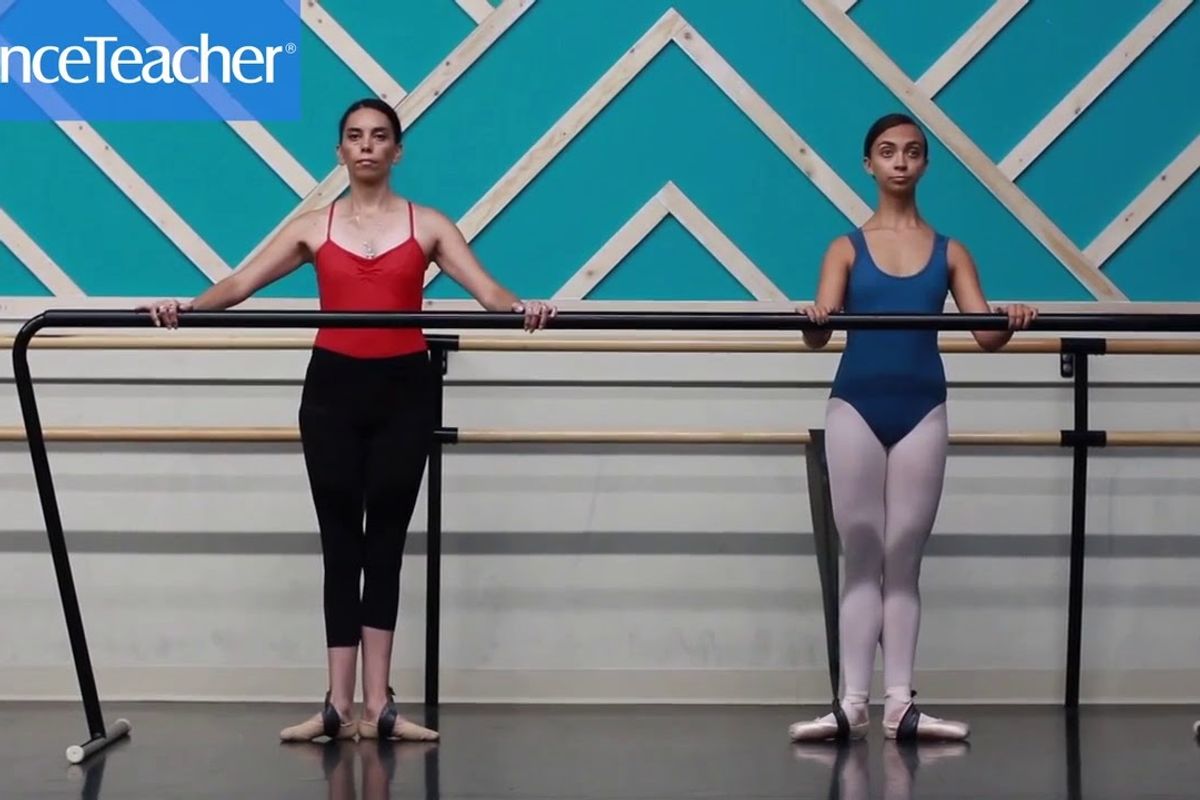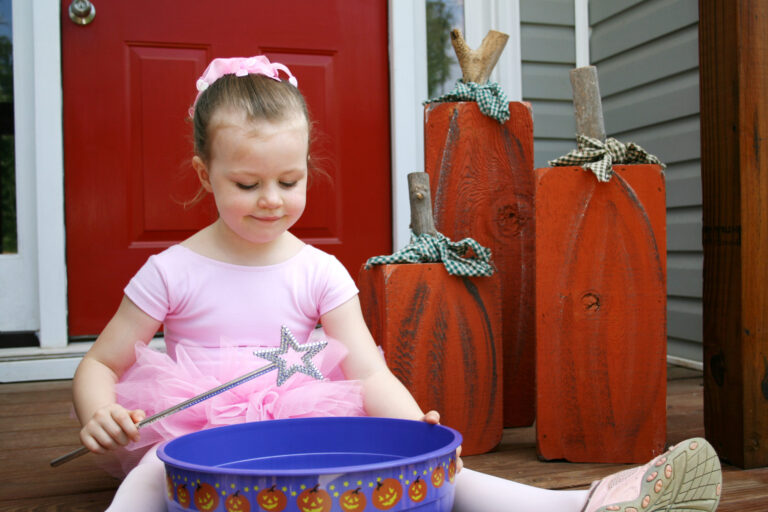
With the physical demands required of dancers today, conditioning and injury-prevention are more important than ever. So it’s no secret that dance teachers are constantly in search of new ways to challenge, strengthen and build upon their dancers’ training—safely.
Cue The Hall Method.
Marlene Hall, who’s now on faculty at the Orange County High School of the Arts (OCSA), first noticed the benefits of Pilates and TheraBand conditioning—and how it strengthened her ballet and pointe work—while attending UC, Irvine. Eventually, she created her first Therabarre class in 1998, followed by the Foam Roller Barre, Ball Barre (on the wall) and the Disc Class, all to compliment her students’ normal dance-training schedule. “The method is great for all dancers,” says Hall. “We specialize in preparing dancers for college, working in collaboration with college dance programs and helping professional dancers extend their injury-free careers by working with companies and independent dancers.”
Her current and former students, including Alonzo King LINES Ballet dancer Michael Montgomery and Asia Bonilla, a dancer at the Ailey School/Fordham University BFA program, incorporated the technique into their training. “The Hall Method gave me my dance career back after chronic pain and injury had sidelined me,” says Kai Hazelwood, who is Hall’s partner and the first teacher trained to teach the method.
Over the years, the technique has also sparked interest from the sports medicine community. Spine rehab specialist Dr. Jim Augustine endorsed the Therabarre class as very safe and effective. In 2011, the strengthening of Hall’s pre-pointe students was noticed by the USA Gymnastics athlete care coordinator Dr. David Kruse, and by Dr. Jeff Russell, who specializes in keeping athletes and dancers healthy.
A Therabarre class follows the format of a classical ballet barre, but exercises are executed with both legs attached to either end of a TheraBand, the center of which is anchored on a barre behind the student to add resistance and allow for proprioceptive neuromuscular facilitation (PNF).
Exercise #1: Therabarre Tendu Exercise
Two tendu Therabarre exercises
youtube
“Proprioceptive neuromuscular facilitation, an advanced stretching technique, based on the notion that muscles can achieve a greater range of motion after they have been fatigued, has been used for years by athletes, gymnasts, rehabilitation and conditioning professionals,” says Russell, PhD, AT, FIADMS Ohio University. “Physical therapists and trainers use PNF by fatiguing a muscle or muscle group with an isometric contraction, then stretching that muscle with the resistance of a partner. In Therabarre, the TheraBand replaces the need for a partner, which allows for complete control by the dancer, eliminating any danger.”
Exercise #2: Piqué and Balance With Rotator Disc
Piqué and balance exercise with rotator disc
youtube
In 2014, while working closely with Kruse and Russell, Hall presented her work at the International Association for Dance Medicine & Science (IADMS) in Basel, Switzerland, to a group of artistic directors, doctors and physical therapists from all over the world. Currently The Hall Method has three medical patent–pending classes in the U.S. and the European Union. A teacher-certification program is also in the works.
“My most proud accomplishment,” says Hall, “has been helping two of my students straighten out their spines from scoliosis in four months and eliminating having to go into back braces. Helping people is my passion.”
Exercise #3: Grand Battement on the Wall With Ball
Grand battement devant from sous-sus on the wall exercise with ball
youtube
For more information about The Hall Method and the upcoming 2019 workshop, click here.




